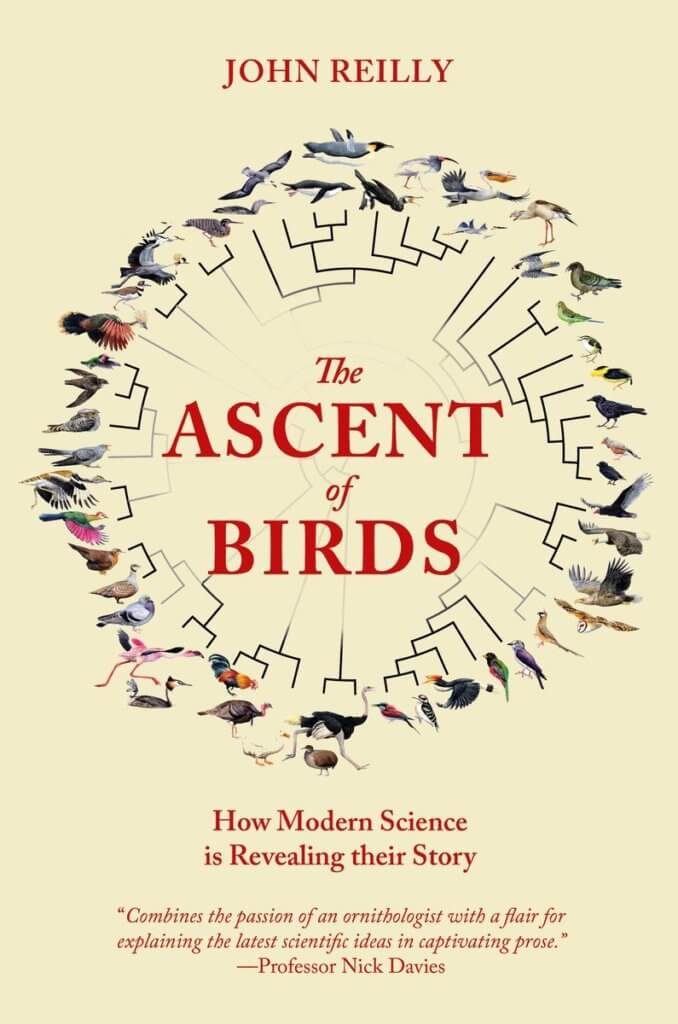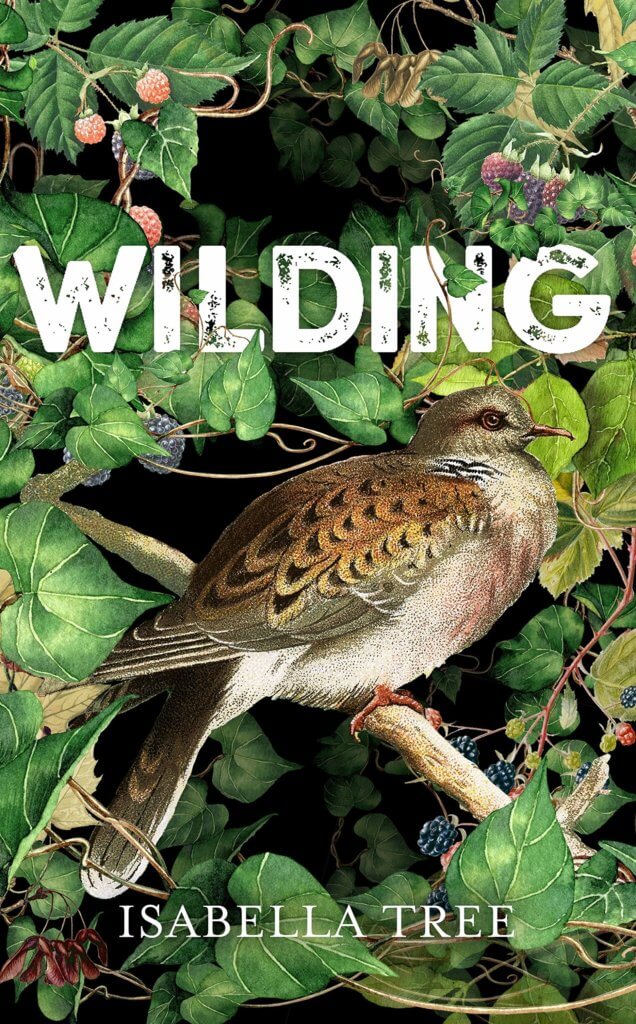This blog has reviewed 41 books this year (and many thanks to Ian Carter for his reviews).
My selection of the ‘top 4’ books of the year is as follows;
Number 4

A tour-de-force of clear writing about a technical subject. Deserves to be widely read. Which birds are related to which others most closely? And how did they all end up living in the parts of the world where we now see them? Those are pretty fundamental questions and this book gives science-based clear, and entertaining, answers. See my review here.
Number 3

Beautifully-written, and compelling reading, from one of our best nature writers. A must-read if you want to know something about the history of how we got to where we are now in our failure to save wildlife. Doesn’t sound that uplifting? But it is, because the quality of the writing and the ideas, and occasional acerbic comment, lift any feeling of gloom or helplessness. See my review here.
Runner up

I turned to read this book wondering what all this was going to be about, and found I was immediately hooked. The mixture of history, politics and nature was right up my street but the story was told so well that I wanted to turn the page to learn more. I rather feel that Ms Boase may have been a little hard on, or a little dismissive of, some of the men who were around at the time when the RSPB came into existence but they are long gone so they won’t suffer and anyway, it’s a point of view. I’d be surprised if we see another book from the author with nature conservation as a main theme (although there is plenty of scope) but I’ll always be grateful that she dropped in, and produced this fascinating read which zips along. And yes, I might check out her next book on the basis that I enjoyed her writing so much in this one. See my review here.
Book of the year 2018

This is the book that everyone will pretend to have read, and pretend to have understood, this year. Let’s hope that many people actually read it, as it is a brilliant book, filled with experience and facts. I don’t think the reader should necessarily swallow the author’s line completely, but the message of hope is a good one and the Knepp project will stand for a long time, whatever happens in the future, as a landmark in nature conservation. Required reading and very enjoyable to boot! See my review here.
Great choices, Mark – not sure I’d have gone for Purple Feather without this additional endorsement.
Very interested in your comments about Wilding – and some of the rather confused commentary on it, about which two things struck me – first, the assumption there is only one route to God. there isn’t. There’s a whole spectrum from tweaking farming systems through to total abandonment (which Knepp most certainly isn’t).
Second, the extent to which conservationists have been persuaded that nature belongs around the fringes – mainly the uplands – and that the lowlands belong totally to farming. Wildling brings home a lesson we learnt in forestry when we started planting community forests on better land – that the productivity of nature as much as wheat is spectacularly greater.
Can’t agree that conservationists ‘have been persuaded that…the lowlands belong totally to farming’. At Suffolk Wildlife Trust we’ve spent over £5 million over the last 10 years acquiring nearly 750 acres of arable land that is now either Breck heath, rough grassland, naturally regenerated scrub/woodland – even marsh and reedbed. RSPB’s Lakenheath Fen – with its breeding cranes, bitterns and marsh harriers – was carrot fields 20 years ago. We know what’s possible – it’s just expensive.
I was very impressed to see that a certain Roderick Leslie was mentioned in ‘Our Place’. You are right we don’t need to see significant eco restoration limited to the uplands, as Isabella Tree from Knepp points out we just have to cut horrendous national and global levels of food waste to give one hell of a lot of land back to natural processes. I think it’s a scandal this incredibly fundamental point is hardly being pushed by conservation NGOs, not as if the NFU is going to do it, and when you look at official anti food waste projects the emphasis is – predictably – about carbon emissions usually telling us the equivalency in terms of cars on the road. Rain forest being unnecessarily trashed and food from poor countries being chucked in the bin don’t get a look in. A disgrace.
Our place is on my list to be read and it looks as though wilding should be too, I’m intrigued by the range of comments here and elsewhere about this book.
Of the books I’ve read this year my favourite was “A Richness of Martens” by Polly Pullar and “Wonderland” by Stephen Moss and Brett Westwood.
Paul, please do read both of these, highly recommended. Then if you haven’t already read Kate Raworth’s Doughnut Economics, a recommendation from last year, it ties everything together. What we have done, what we could do and how we should do it.
Read Mark Cocker’s, reading Isabella Tree’s and have Tessa Boase’s on the bedside table to read next. Seems that I’m a typical reader of this blog and there’s still a book I can put on my Christmas list.
The link that is supposed go to your review of Wilding is actually a link to Mrs Pankhurst’s Purple Feather.
Jonathan – thank you. These mistakes always seem to slip through at the times when it is most difficult to correct them (eg when in court all day with phone turned off!). Corrected now.
Julian I wouldn’t want to underrate what is being achieved – the Great Fen project is fantastic, and, like Knepp, Lakenheath and The Avalon Marshes show what can be achieved on what is a tiny area – but, as you rightly point out, its expensive. As you know all too well, before you can do anything you have to buy out the capital value of the CAP subsidies – and, having done that, there’s no guarantee you’ll get anything to support your running costs. The Natural Capital Committee have pointed out that in many cases less intensive management may actually deliver positive economic gains – that is what we need to be pushing for. Avalon looks tiny flying into Bristol airport
Great choices Mark, I purchased“Wilding” and “ The Ascent of Birds” a few months ago and have read them both. They are both brilliant books in different ways. The John Reilly book, The Ascent of Birds, is scientifically brilliant giving the latest information on the genetic relationships of birds and how birds have evolved but one does not have to be an expert in genetics to understand it It seems that most of our birds today have originated from Gondwanaland probably the area lease affected by the major extinction at the K-Pg boundary. A number of groups of birds came through the extinction at the end of the Cretaceous period.